Branding experts agree Tesco’s revamp is a start - but only that, given the increasing sophistication of its rivals’ budget own labels
Relaunching a 20-year-old brand worth £1bn would be high stakes stuff at the best of times. But when you’re the UK’s biggest retailer, fighting allegations that the wheels have come off, and ahead of next week’s crucial annual results, even a new 21p squeezy ketchup bottle is worthy of scrutiny.
Back in 1993 the pioneering launch of Tesco’s Value brand struck a chord with recession-hit Joe Public, becoming an unglamorous but key ingredient in its agenda-setting three-tier Good, Better, Best strategy.
But in similarly cash-strapped times, the latest own-label launches have come from the competition.
From Waitrose Essential’s combination of quality with affordable prices, to Asda’s Chosen By You, cleverly tapping into its customer base, to Morrisons’ much-lauded launch of M Savers last year, Tesco Value - with its stark blue and white packaging and tired formulations - has looked increasingly outdated, symbolic of a wider marketing malaise.
The bulk of the new 565-SKU Everyday Value range hits shelves next week. It features 40 new products including a 35p washing up liquid and a 99p range of ready meals such as chilli con carne & rice.
All feature a pictorial 1950s retro look that is distinctive but also reminiscent of Essential and M Savers, as Tesco hopes to bring what one City analyst described as ‘fun’ into its bottom-end offer.
With more transparent packaging, Tesco also hopes to demonstrate improvements to taste, quality and health and that it is no longer just about bargain basement, although it has pledged the lines won’t be more expensive than the ones they replace. There’s 33% more apples in the apple sauce; the Swiss roll is 35% bigger; and there’s 20% more wax in the furniture polish.
There are also functional improvements in terms of packaging: the grated cheese is in a resealable bag; the 10-litre cat litter bag comes with a handle; while the rubber gloves feature longer cuffs.
“The new range introduces more value into the marketing,” says Richard Buchanan, director of consulting at The Clearing. “But the problems it has are far bigger. This has to be the start of a move by Tesco to put quality and value for money at the heart of its entire offer.”
As well as fortifying cereals and dog food with vitamins and prebiotics, lowering the fat content in its mince, and upgrading its fish fingers to 100% fillet, the entire range has also been stripped of MSG, hydrogenated fats and artificial flavours.
This has left some questioning what this says about the products it replaced. “Tesco has basically just admitted that what it was selling was a load of old rubbish,” is how one retail expert puts it.
The more polite consensus among brand experts is that, unlike in the early 1990s recession, austere but hardly appetising -no longer cuts it. “People are now happy mixing value lines with premium, but with this has come a higher expectation of quality and freshness. Lower prices now need to signal simplicity, not compromise,” says Andrew Collins, managing partner at brand agency 1HQ.
Tesco agrees the verdict will come through sales. Says brands development director, Sidonie Kingsmill, who led the relaunch: “We’ve spent over a year talking to customers, making sure we get it right, although the proof of the pudding will be what the customers think.”



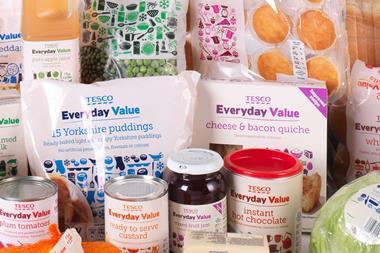
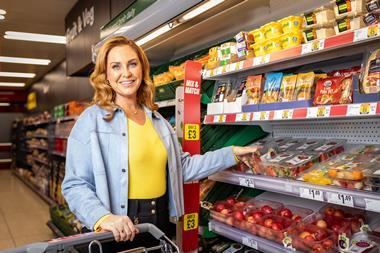
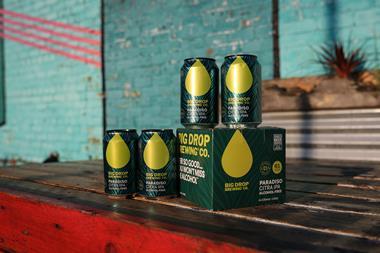

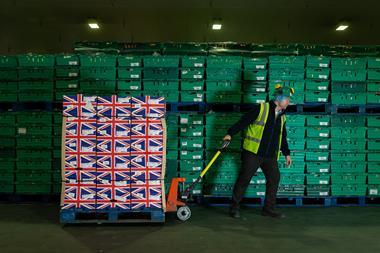


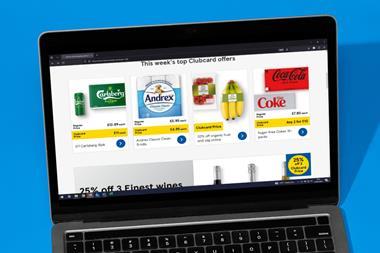

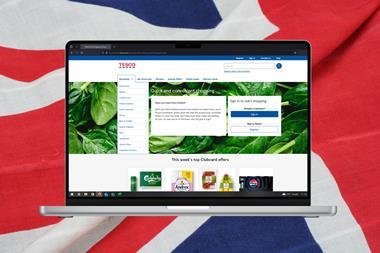


No comments yet